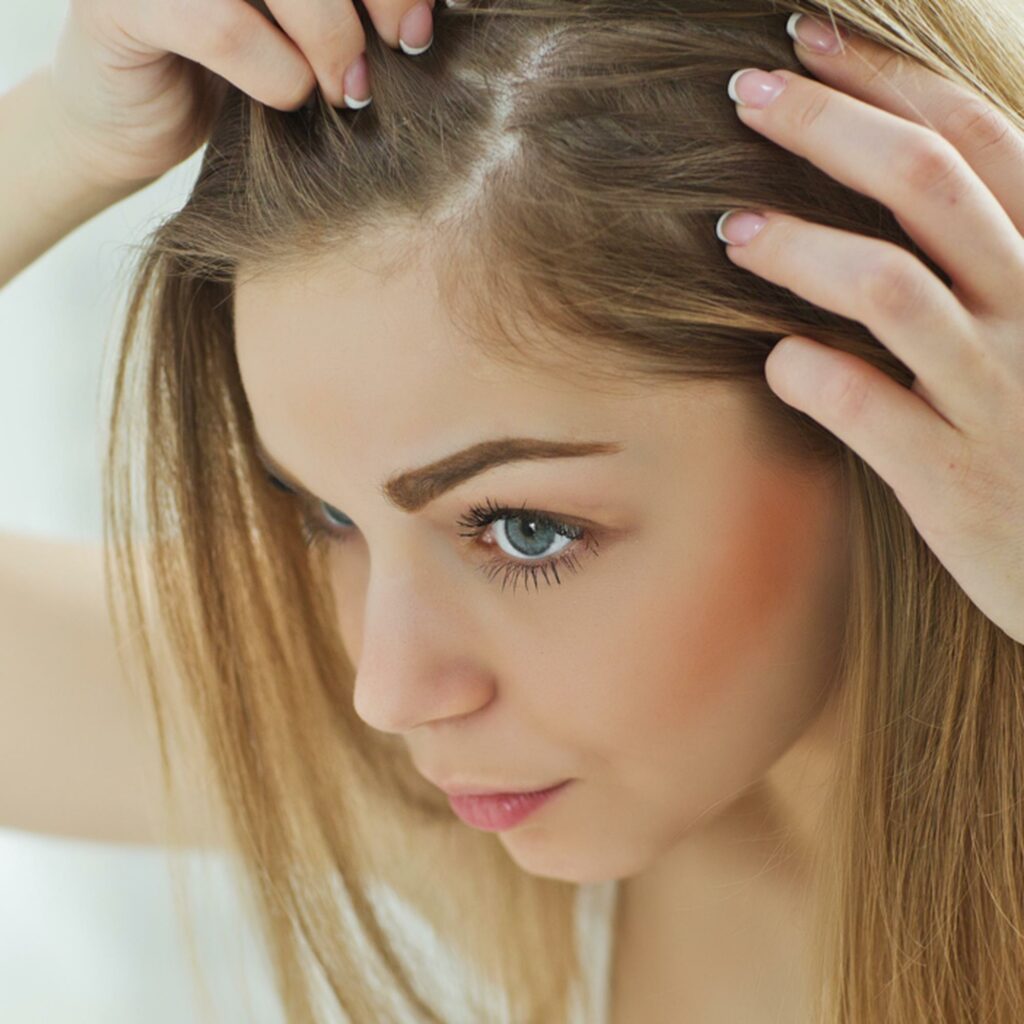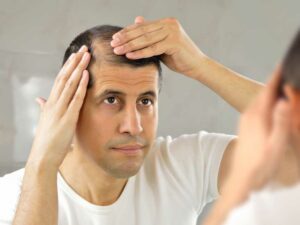 Although it is a superficial organ (yes, it is one), your hair is a mirror to your metabolic system. The nutrients when consumed first reach your vital organs such as the heart, kidney and liver, and are then supplied to the hair. A trichology centre —Richfeel — reveals imbalances in the metabolism through hair analysis before any symptoms are manifested in the body. To test how this works, we put three kinds of hair under the scanner. Trichologist Dr. Swati Majithia uses a capillaroscope and gives us insight into some hair-raising issues. She suggests a few natural remedies.
Although it is a superficial organ (yes, it is one), your hair is a mirror to your metabolic system. The nutrients when consumed first reach your vital organs such as the heart, kidney and liver, and are then supplied to the hair. A trichology centre —Richfeel — reveals imbalances in the metabolism through hair analysis before any symptoms are manifested in the body. To test how this works, we put three kinds of hair under the scanner. Trichologist Dr. Swati Majithia uses a capillaroscope and gives us insight into some hair-raising issues. She suggests a few natural remedies.
Malav Parekh (28)
Quality of hair: Normal to oily
Concerns: Minor bumps on the scalp
Reason: These bumps are generally stress related. Besides, they are signs of acute illness and accumulation of toxins in the body.
Remedy: Since in Parekh’s case it is mainly because of stress, his follicular swelling can be decreased by consuming antioxidant rich foods such as green tea and soy bean along with indulging in distressing activities such as yoga and meditation.
Aditi Rajagopal (22)
Quality of hair: Dry
Concerns: Mild dandruff and the density of hair has decreased over time
Reason: There are several reasons why the density of hair decreases such as hormonal imbalance, growth of fibroids and stress. Poor dietary habits, lack of water intake, and change of weather are also factors which lead to hair fall. Dandruff scales usually occur because of weather changes, infrequent shampooing or inadequate rinsing. Stress also causes dandruff.
Remedy: Hydrate your body to combat dry hair. Include iron-rich foods such as milk, spinach, and paneer in your diet. Protein deficiency also causes hair loss so have high-protein foods such as lean meat, fish, poultry, eggs, beans, legumes, soy products, nuts and dairy. The oil content in almonds also helps improve the texture of hair. Dandruff cannot be eliminated, it can only be controlled. Use a shampoo that contains a cytostatic agent, such as selenium sulfide (but not when you have a cut on your scalp) or zinc pyrithione. They reduce the rate of growth and multiplication of horny cells (top layer of the scalp). Oiling your hair regularly helps moisturize the scalp and negates the harmful effects of shampoos.
Nikshubha Garg (22)
Quality of hair: Oily and thin
Concerns: Thinning of the hair, split ends and early greying
Reason: Early greying is a result of autoimmune deficiency and hereditary. Chemical treatments such as relaxing, rebonding, perming and colouring are also some of the factors that cause unnatural greyness. Excessive blow drying and ironing leads to split ends, whereas the thinning of hair occurs because of iron, zinc, protein and Vitamin C deficiencies in the diet.
Remedy: Avoid subjecting your hair to harsh chemicals too often. Trimming is the only solution to get rid of split ends. If your hair is thinning, then include green leafy vegetables, flaxseeds, soy bean, walnuts and Vitamin C rich food such as amla and lemon juice in the diet. If a blood test suggests a thyroid imbalance, endocrine disorder, dietary deficiency, or a specific medication; your hair will return to normal once the underlying issue is addressed. But the most common cause of hair loss among women is androgenetic alopecia, a genetic condition in which new hair shafts grow progressively thinner. Women generally notice a gradual reduction in overall volume, with a concentrated thinning at the crown. The condition can begin any time after puberty, but often becomes noticeable during and post menopause.
Why test hair?
Almost 21 mineral levels can be determined through a simple hair mineral analysis test (HTMA). Your hair is made up of proteins, iron and minerals including the electrolytes, sodium, potassium and calcium. You can trace elements such as copper, manganese, iron, zinc and toxic metals like lead, mercury, cadmium, arsenic, aluminum in the hair.
Deficiency or excess of any mineral are always noticed first in the hair and then in the body because minerals are shifted from other tissues or organs to hair in order to maintain optimum blood level. Toxic minerals rarely remain in the blood.





